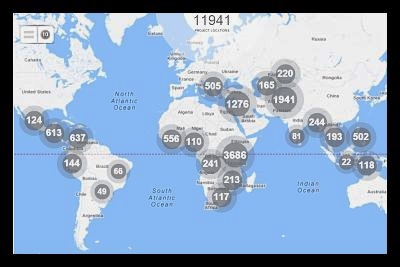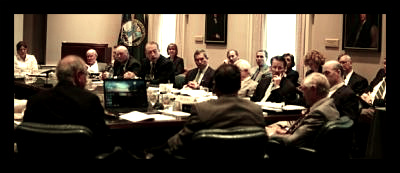
In John Tyler’s book “Transparency in Philanthropy,” the author discusses the idea of allowing the government to demand transparency among charities and other philanthropic organizations, and whether or not it would be beneficial to the charities and the people who support them. Tyler draws the seemingly paradoxical conclusion that “transparency is complicated” in his book, because even though transparency in charities can help make business processes simpler by removing secrets, it can also prove to be a challenge, especially if it is mandated and not voluntary.
Many organizations choose to be transparent in their work, and some philanthropic groups will readily supply all the numbers about how much they donated, received, paid in salaries, etc. This is a good thing because it 1) ensures that there are no secrets being kept behind closed doors about the donations, and 2) encourages trust. If people know where their money is going when they donate to a charity, they may be more likely to give and give more often. Tyler also mentions that foundations with stakeholders are legally obligated to share their information with them, but there is a difference between legal and social transparency.
There is a down-side to demanding transparency in the philanthropic sector, though. If the government demands a charity to be transparent, that means people can easily research to find these companies’ tax returns. While this may not seem like much of a problem, “in countries with weak rule of law, such information could be used to harass and pressure donors.” Then, because of these pressures, people are frightened away and donations dramatically decrease, which hurts everyone.
Philanthropic foundations are necessary to organize donations and charity around the world, and sometimes transparency is a good thing, especially when it’s voluntary. But at other times, it can lead to results that don’t help anyone.
– Katie Brockman
Source: Forbes
Photo: FDA




